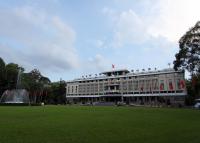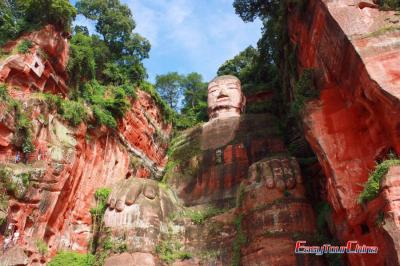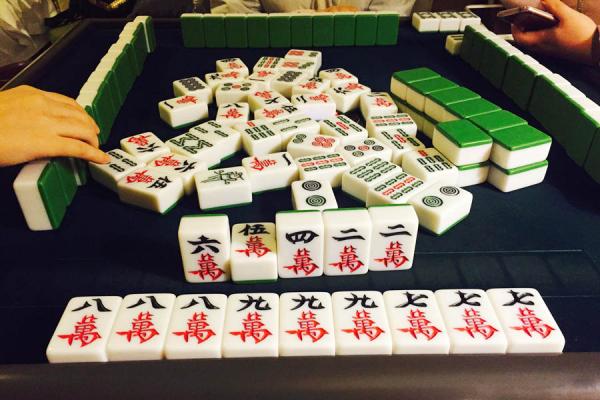Mausoleums of Jingjiang Princes
People usually think that to see history in the north, and to appreciate nature in the south; there is also a place of historical value in Guilin city, which is surrounded by beautiful natural scenery. Located at the foot of the Yaoshan Mountain, eastern suburb of Guilin, around 7 kilometers away from the city center of Guilin, the Mausoleum of Jingjiang Princes is an important historical site and a cultural Guilin attraction. It is a typical imperial mausoleum where eleven princes, over 300 royal members of the Jingjiang Family were buried during the Ming Dynasty (1368 - 1644).
This mausoleum including other royal tombs covers hundreds mile radius, representing a featured princes’ tomb group in the style of south China. The grand mausoleum is the largest and best-preserved tomb group of emperor vassal states in Ming dynasty, known as "the top tomb in the south China". The layout and design of the mausoleum were very exquisite, fully revealing the imperial style; the cultural relics unearthed here are rare, precious and of high cultural value. Therefore, it is also a unique scene in Guilin’s tourism resources.
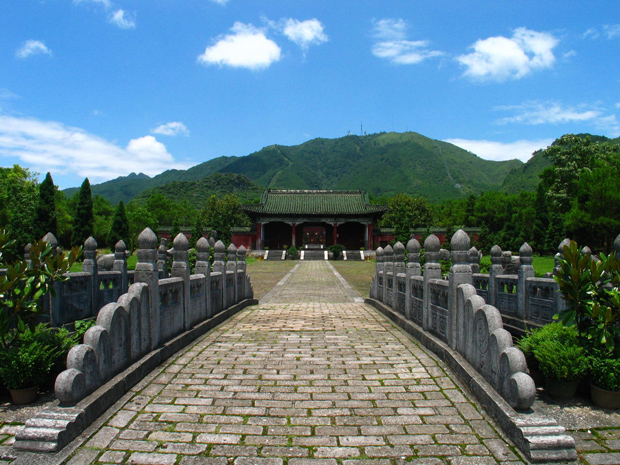
Facts
- In Chinese: 靖江王陵
- Location: southwest of Yaoshan Mountain, Qixing District, Guilin
- Opening time: 09:00 – 17:00
- Best time to visit: all the year
- Entrance fee: RMB28
History of Jingjiang Princes Tomb
In the earlier Ming Dynasty, Zhu Yuanzhang (Emperor Mingtaizu) decided to strengthen the centralization of the state power, ensure the loyalty of his sons and at the same time avoid plots against himself, thus measures were taken as designating his 24 sons as kings and princes of different areas of China. Jingjiang Princes are generations of Ming princes who were dispatched by the emperor to govern today's Guilin region. In 1370, Zhu Yuanzhang granted the title of Prince of Jingjiang to his grandnephew Zhu Shouqian in Guilin area. Though Zhu Shouqian was made a common man because of his wicked conduct and his oppression of the people, his generations inherited his title of nobility. Fourteen men succeeded to the throne for 280 years, until the Qing army conquered Guilin.
Regarded as the largest and best-preserved group of tombs of the Ming Dynasty princes, Mausoleum of Jingjiang Princes was listed the government-designated priority cultural relic unit under special state protection.
What to See?
Covering an area of 105 square kilometers (40.5 square miles), the oblong-shaped mausoleums are set amidst lush vegetation and surrounded by Guilin karst hilly mountains, following a north-south axis, anchored by the Solitary Beauty Peak in the north. With 300 carved stones and 300 tombs of members of the Prince Jingjiang, the complex was divided into the outer garden and the inner palace.
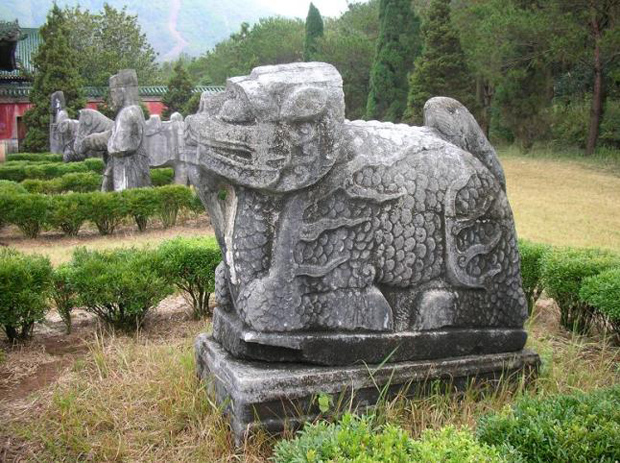
A grand sacred way connects the entrance gate to the inner palace with various animal and official stone figures standing on each side. Three routes on the sacred way lead to the inner palace: the middle one called “the sacred way” leads to the Chengyun Palace, being exclusive for the Prince and laying the royal family; the other two routes on each sides reserved for officials and generals lead to the Chengyun Palace, where various statues of animals and officials stand for protecting the entrance to the royal tombs. Inside the palace displays some valuable relics excavated from his tomb.
How to Get to Mausoleum of Jingjiang Princes?
Though it’s a little far from the downtown, public transport is still available. Take Bus 24 and get off at Mausoleum of Jingjiang Princes Stop, and then you can walk there.
More Attractions in Guilin
